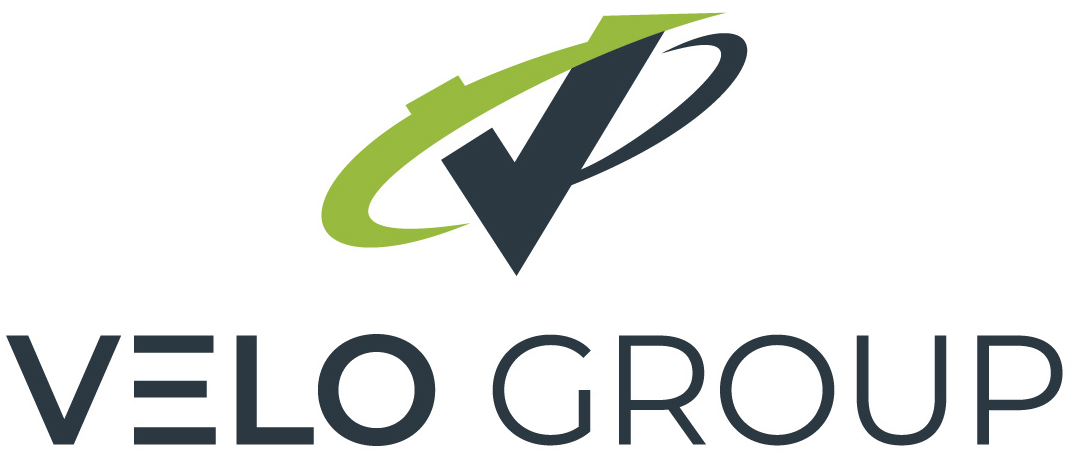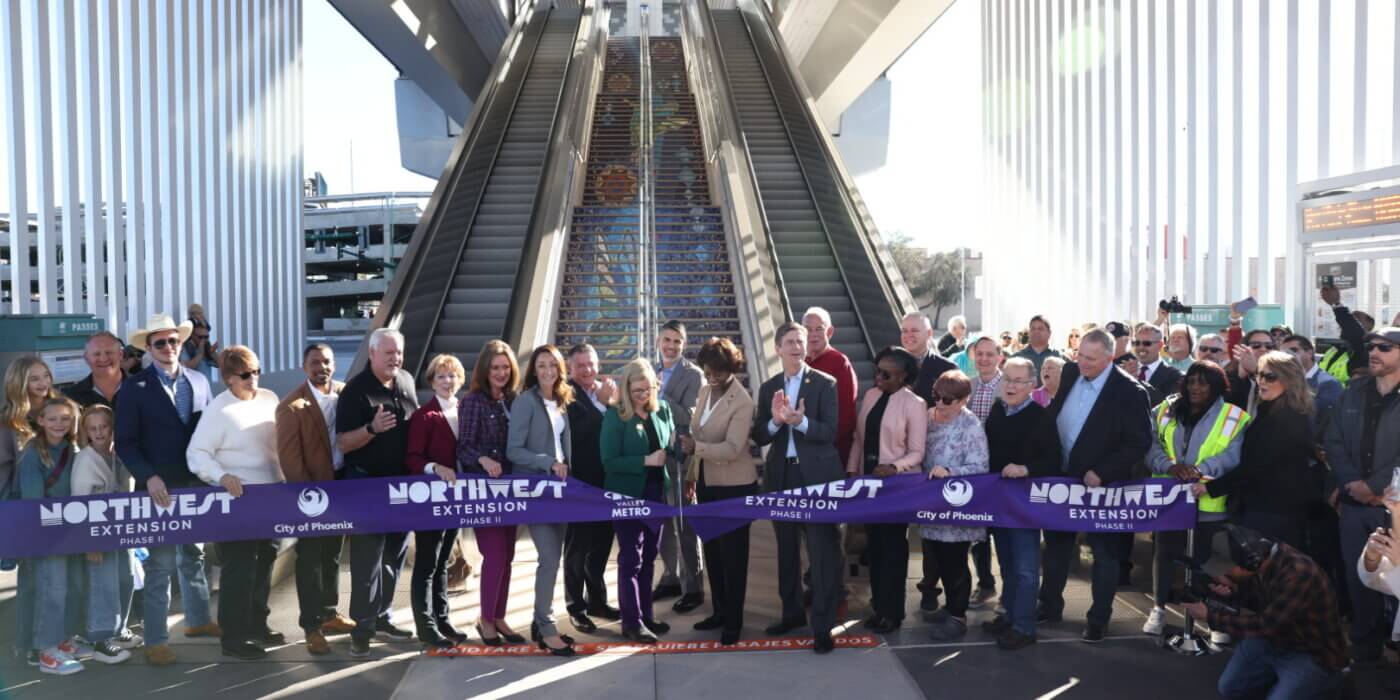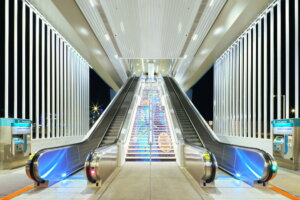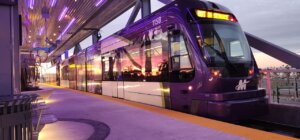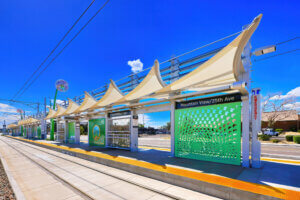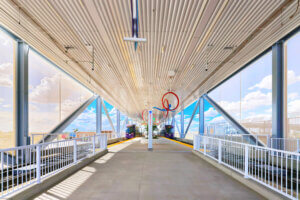Congratulations to the Northwest Extension Phase II Light Rail project team for earning the prestigious 2025 Baldwin Group Build America Award in the Marvin M. Black Excellence in Partnering and Collaboration category (Civil Projects $20M and above). The project was also recently honored as ENR Southwest’s Airport/Transit Project of the Year. These recognitions underscore the project’s standout success—showcasing how strong collaboration and innovative problem-solving can overcome challenges and deliver exceptional results.
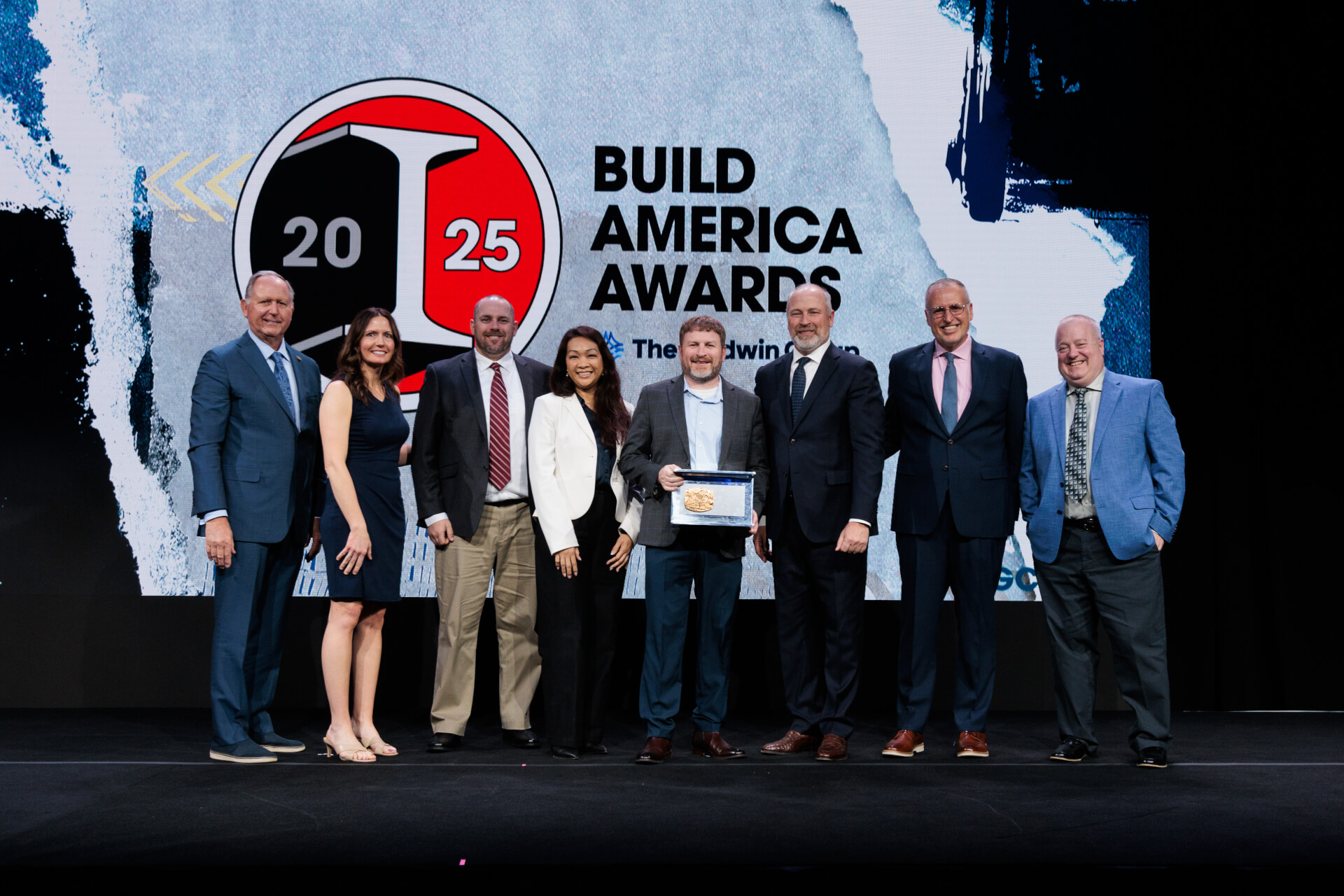
As part of the City of Phoenix’s Transportation 2050 plan, this critical 1.6-mile extension of Valley Metro’s rail system improves regional mobility and connects the West Valley to central Phoenix. Beyond bringing the city closer together, it demonstrates the immense value of strong collaboration among project stakeholders.
A Collaborative Effort
From the outset, the project was built on a foundation of partnership. With the project design at about 15%, brainstorming sessions in the form of facilitated workshops with stakeholders, including Valley Metro Rail, the City of Phoenix, Kiewit-McCarthy joint venture (KMJV), Jacobs and other consultants, led to 141 value-engineering ideas and saving $61 million. Moving forward, teamwork and unity became key drivers, enabling the team to complete the project ahead of schedule and under budget.
Guided by a formal construction partnering program led by VELO Group Partnering Facilitator Eileen Sien, the team participated in workshops to set clear goals, communication procedures and an issue-resolution framework. Regular follow-up meetings helped ensure ongoing alignment, enabling quick and effective resolution of challenges. Surveys conducted between meetings helped to evaluate progress and maintain focus on the partnership’s objectives.
This cohesive strategy proved invaluable for overcoming obstacles, from labor shortages exacerbated by COVID-19 to delays in utility relocations. KMJV successfully navigated these challenges by resequencing tasks, adding shifts, and leveraging resources.
“The biggest thing about this project is the partnership, how it came together, and how we overcame the challenges we faced,” stated Nick Wiatrowski, Kiewit area manager.
Innovation in Construction
In addition to the new 1.6-mile track alignment, construction included two new at-grade stations, the system’s first elevated station, and a 90,380-sq-ft 258-vehicle parking garage. Furthermore, a new rail-only bridge now connects downtown Phoenix and the east side to the West Valley, providing access to North Phoenix, Sky Harbor Airport, and Arizona State University (ASU) through a bus transit center built below the elevated rail. Public art and new landscaping were also part of the project scope.
This public transit project wasn’t just about expanding the rail network, it also involved rethinking construction efficiency. One notable innovation, resulting from the partnering workshops and developed in partnership with local engineering students at ASU, was the use of a steel fiber-reinforced concrete mix that eliminated traditional rebar when placing concrete on the embedded guideway, direct fixation track and bridge elements. This was the first use of fiber-reinforced concrete in this type of application across the country. The approach reduced concrete thickness and shortened construction time by 121 days, saving millions of dollars.
Key Outcomes of Partnering
The emphasis on collaboration and innovation led to outstanding results, including:
- Completing the project ahead of schedule and $40 million under budget
- Zero recordable safety incidents
- Streamlined issue resolution
- High-quality standards
- Strong community outreach
- Innovations resulting in a more sustainable, efficient construction process
- Continuous improvement throughout the life of the project by the team
A Model for Future Projects
This project sets a benchmark for future public infrastructure endeavors, not only for its technical accomplishments but also for its focus on teamwork, communication, and innovation.
The success of the project marks more than just a transportation milestone—it’s a triumph of collaboration and a testament to what can be achieved when teams unite, share a common vision, and work toward collective goals.
“From the beginning the whole team was focused on developing the best project for the community with an eye on continuous improvement,” noted Eileen Sien, VELO Group Certified Partnering Facilitator. “Even as the project was wrapping up, the team dedicated time to a valuable lessons-learned workshop, capturing the experience and knowledge gained throughout the project’s lifecycle. This left a legacy of the team’s work as a reference for future Valley Metro projects.”
As the Valley Metro system continues to grow, the insights gained from this collaborative approach will undoubtedly shape the future of light rail in Phoenix and beyond.
Read more in ENR Southwest and Kieways, the official magazine of Kiewit Corporation.
Photos courtesy of McCarthy Building Companies:
